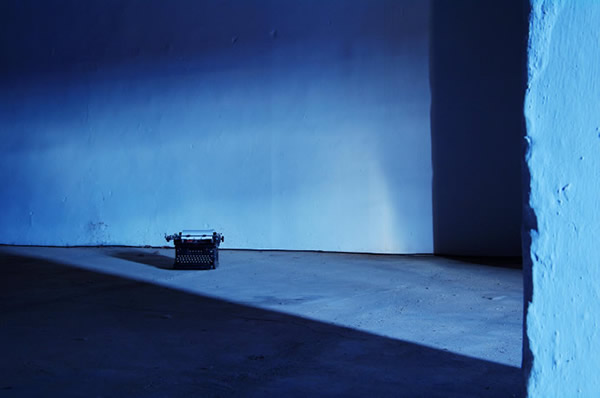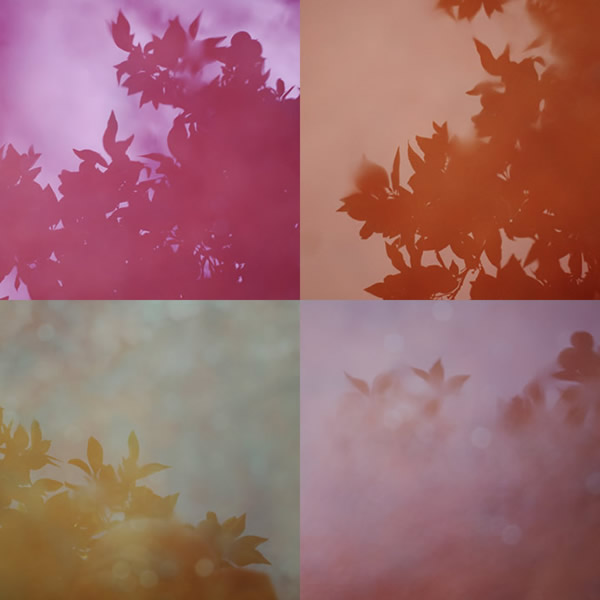What is White Balance and How Can You Use It Creatively?
As white balance is a setting that is generally handled automatically by your camera, its full creative possibilities can be overlooked by many photographers.
It can be used to produce visual effects that are quite unnatural, but even if you’re attempting to capture completely lifelike photos, having an understanding of white balance will give you the power to take control on those occasions when you’re camera is struggling to get it right.

What is White Balance?
The science at play in all of this can get quite complex and as I’m a designer by trade and not a scientist, I’m not even going to attempt to try and go into any great depth. I’m just going to try and describe it at a more general abstract level. If you want to know more, Google will find you some wonderfully complex pages explaining all about black body objects and more. Good luck and if your head explodes, don’t come running back here looking for sympathy.
What you need to know, as a photographer, is that light can have different color temperatures that are measured on the Kelvin (K) scale. At the lower end of the scale, around 2,500 – 3,000K, color temperatures are considered to be warmer, with more of a yellow tint, while as color temperatures rise above 5,000K, they start to become cooler, with blueish tints becoming apparent.
To give this some grounding in the real world, a traditional incandescent tungsten light bulb is generally described as having a color temperature around the 3,000K mark, give or take a few 1,00s. Natural day light on a sunny day, with the sun overhead, will have a temperature ranging from around 5,000K to over 6,000K, with light in the shade rising up towards 10,000K.
What Does This Mean for My Camera and I?
When the white balance of your camera is set correctly, any objects that are white should have a completely neutral tone and the image as a whole will have natural appearing colors throughout. However, if the white balance setting is out of kilter, the result will be a photo that has an odd color cast across it as a whole. Sometimes this may not be immediately obvious when looking at a picture, but if you put two photos of the same scene or subject side by side, with different white balance settings, the difference between them can be surprisingly dramatic.
So, considering the information above, in bright daylight, a white object will appear visually to be a pretty pure and neutral white. Move the object into the shade and it will start to display a cooler blue tint, however take it inside and turn on a tungsten light bulb and the object will display a warmer tint of mild yellow.
Obviously, this isn’t usually a desirable behavior and ideally we want white objects to look as if they are a pure white, regardless of what type of lighting is at play. To try and achieve this, cameras analyze the constituent colors in a scene and use this information to make a guess at the ambient color temperature. Once it’s decided what the likely temperature is, it can adjust how the image file is processed to try and ensure that white objects appear white, which subsequently means other colors should also appear correct.
Unfortunately this system isn’t perfect and while modern cameras generally do a very good job of approximating the correct color temperature, some circumstances will upset the apple cart. In this case, assuming that your camera allows it, you can manually select a preset white balance that most closely matches the lighting conditions that you’re shooting in. In most cases, if you can select a white balance setting manually, you will also be able to set a custom white balance by taking a shot of something that is plain white or using a specially designed gray card. This is a sheet that is colored a solid 18% gray and the camera can use this to work out the color temperature of the light very accurately.
There is another way to handle this problem if your camera offers a RAW format. In this case you can completely ignore this problem when shooting and set the white balance during processing.
Getting Creative With the White Balance Setting
Hopefully, you’ve now got a sufficient understanding of white balance and color temperature for the purposes of a photographer. If you’ve found the white balance controls of your camera, you’re now in the position that you can override the auto settings when necessary in order to ensure that your images don’t have any unwanted color casts.
So if you can correct an inaccurate white balance setting, you can also override correct white balance settings to give your shots intentional color casts.
Why would you want to do that? A fair question, but if you’re not shooting reportage type photos, you can use this technique to apply interesting creative effects to your images.
For example, if you’re shooting a sunrise or sunset, you can give nature a helping hand if you think the colors could be a little warmer. If you manually set the white balance to the overcast or shade preset, the camera will compensate for the cooler tones with the result that the your image will have even warmer tones than nature intended.
Going to the other end of the scale, you can help to give your shots of snowy scenes an extra chilly feel by setting your camera to the tungsten bulb setting. In this case, your camera will select a white balance setting that’s some two or three thousand kelvin higher than necessary, with the result of the whites appearing with a cool blue tint.
One of the most extreme effects that you can achieve, and this is one of my favorites, is using the tungsten setting while shooting in shady conditions. The blue tint is very obvious, but many colors in the image will seem quite natural.
Something I’ve not touched on yet is the fact that white balance has another dimension – it also tweaks the magenta and green values. If you check your camera’s settings, you may find that you can also fine tune the color cast by adjusting the level of magenta, green, blue and yellow. If this is an option for you, you’ll find that you can produce some surprising results straight from the camera. The images of reflected leaves all had the color set in camera before capture and while saturation was boosted during processing, the color itself was otherwise unchanged.

Whether you’re seeking to make your images look more natural or want to apply a novel creative twist to your photos, understanding how the white balance setting affects the appearance of your images will offer you more options in producing the photo you want to make.
